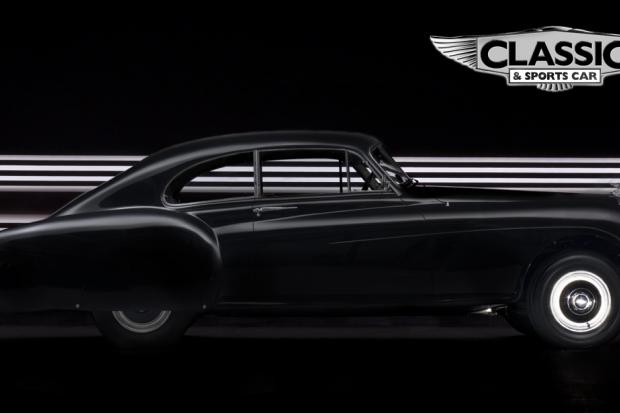
The 208 R-type Continentals Bentley produced from 1951 to 1955 belong to that elite group of post-war classics that became ‘collectable’ almost from the moment they ceased production. Art, science and engineering came together as never before in a Crewe product to make a car in which ultimate performance and ultimate refinement were no longer irreconcilable.
The Continental was not so much a silent sports car as a man-sized English interpretation of the Gran Turismo ideal, created to satisfy a pent-up appetite for a faster post-war Bentley with an identity separate from the rather pedestrian MkVI. In fact it was the fastest genuine four-seater automobile in the world at the time, capable of 120mph. And, at £7300 after tax (around £300,000 in current money) it was also the world’s most expensive production car, within reach of only a few vastly wealthy tycoons in its domestic market. Unsurprisingly, therefore, it was export-only initially and overseas customers included the likes of Briggs Cunningham and Aristotle Onassis.
Wrought in alloy over a steel frame by HJ Mulliner in London, the R-type was, and remains, the most effortlessly graceful of all big cars. It evoked traditional imperiousness, but reinterpreted by men who had designed and built aircraft during WW2. Born in the era of the Comet and the Meteor, it was shaped in an aircraft wind tunnel and built light and slippery, like an airframe.

Voluptuous and commanding – large but in no way flabby – the R-type Continental looked equally at home hastening its wealthy occupants along a European highway as it did whispering them to a West End dinner appointment, its aspirating single silencer exhaust note synonymous with quiet and expensive power.









